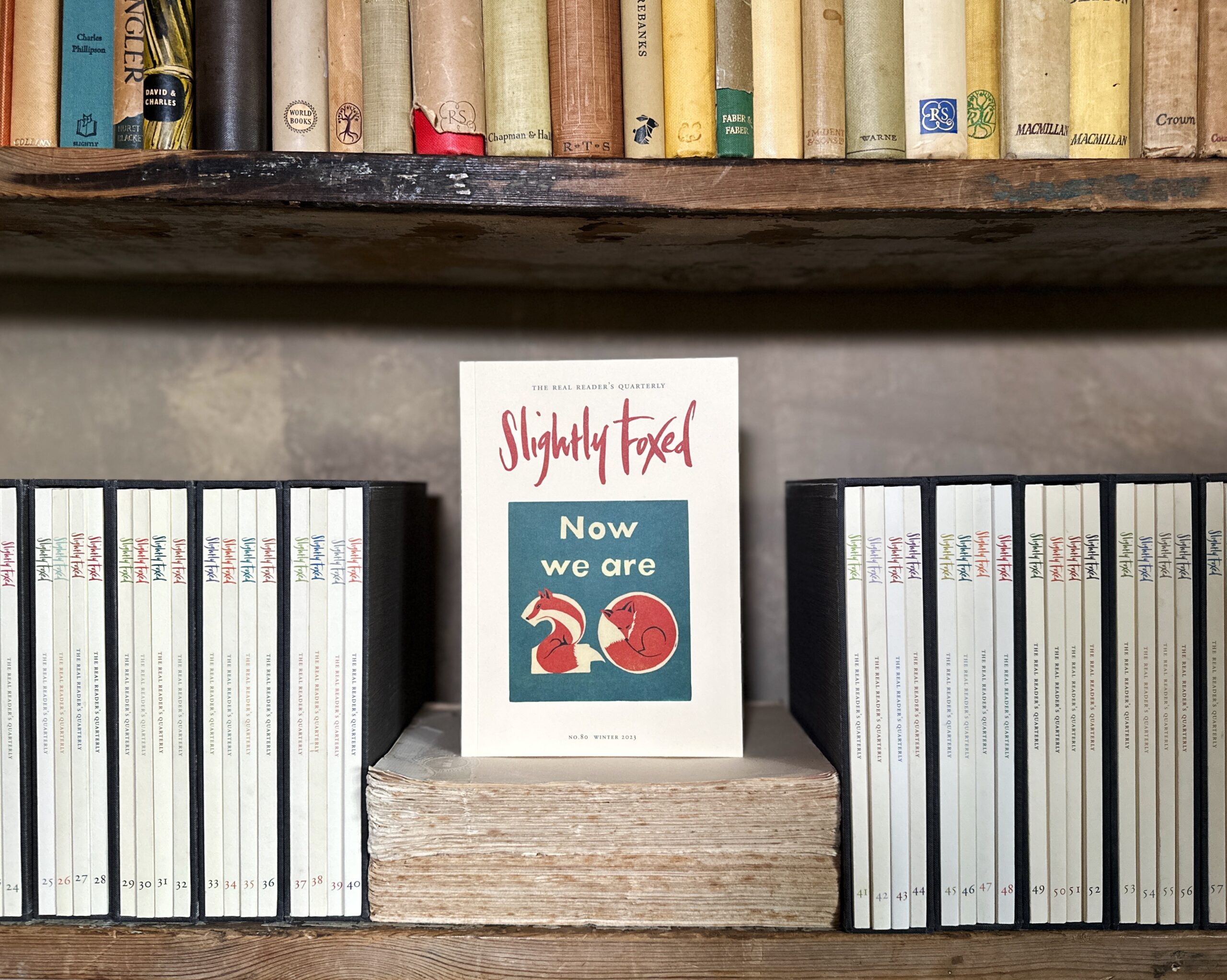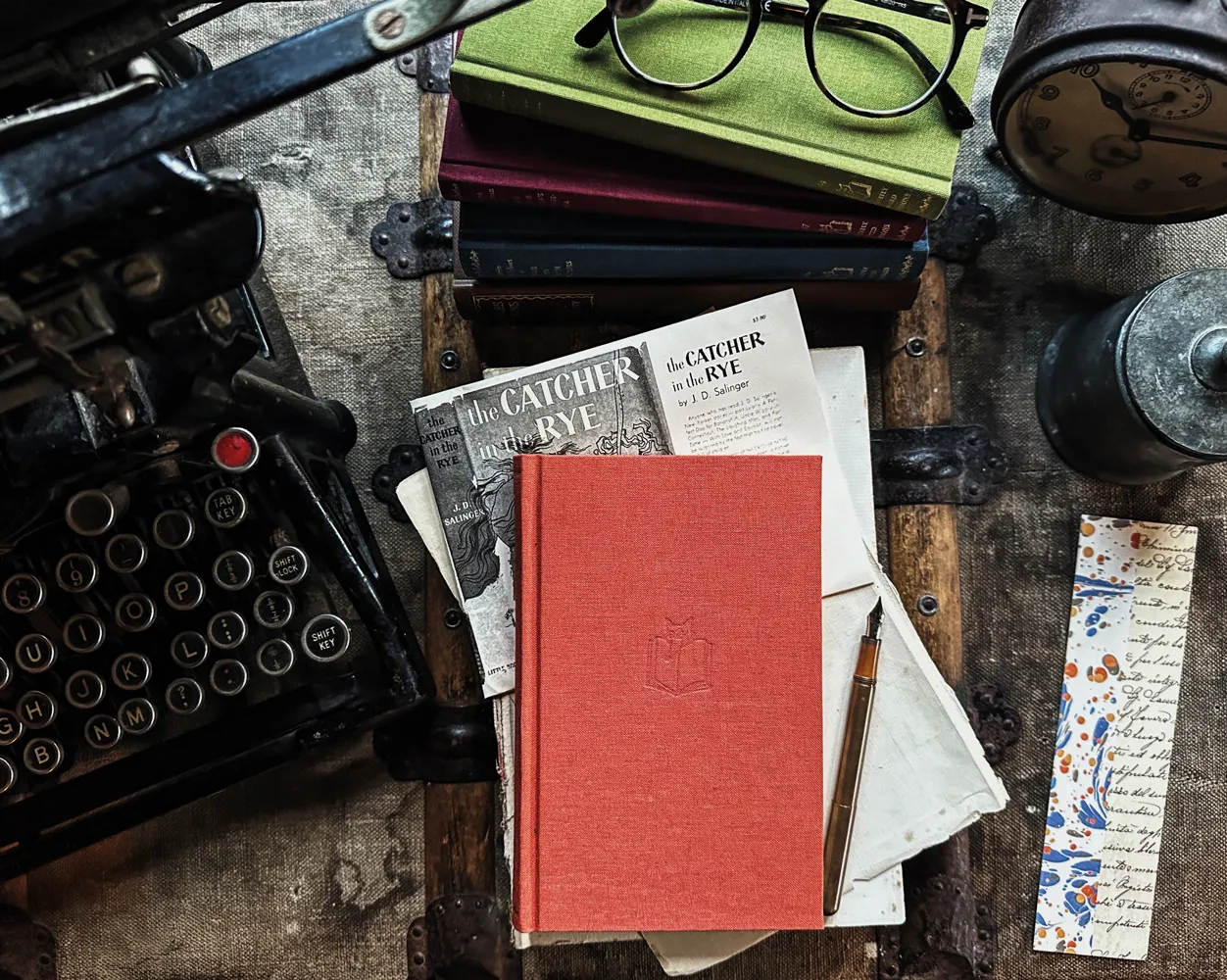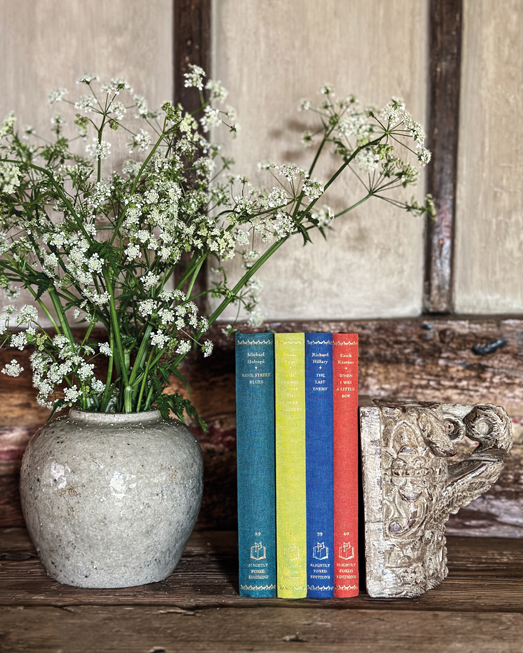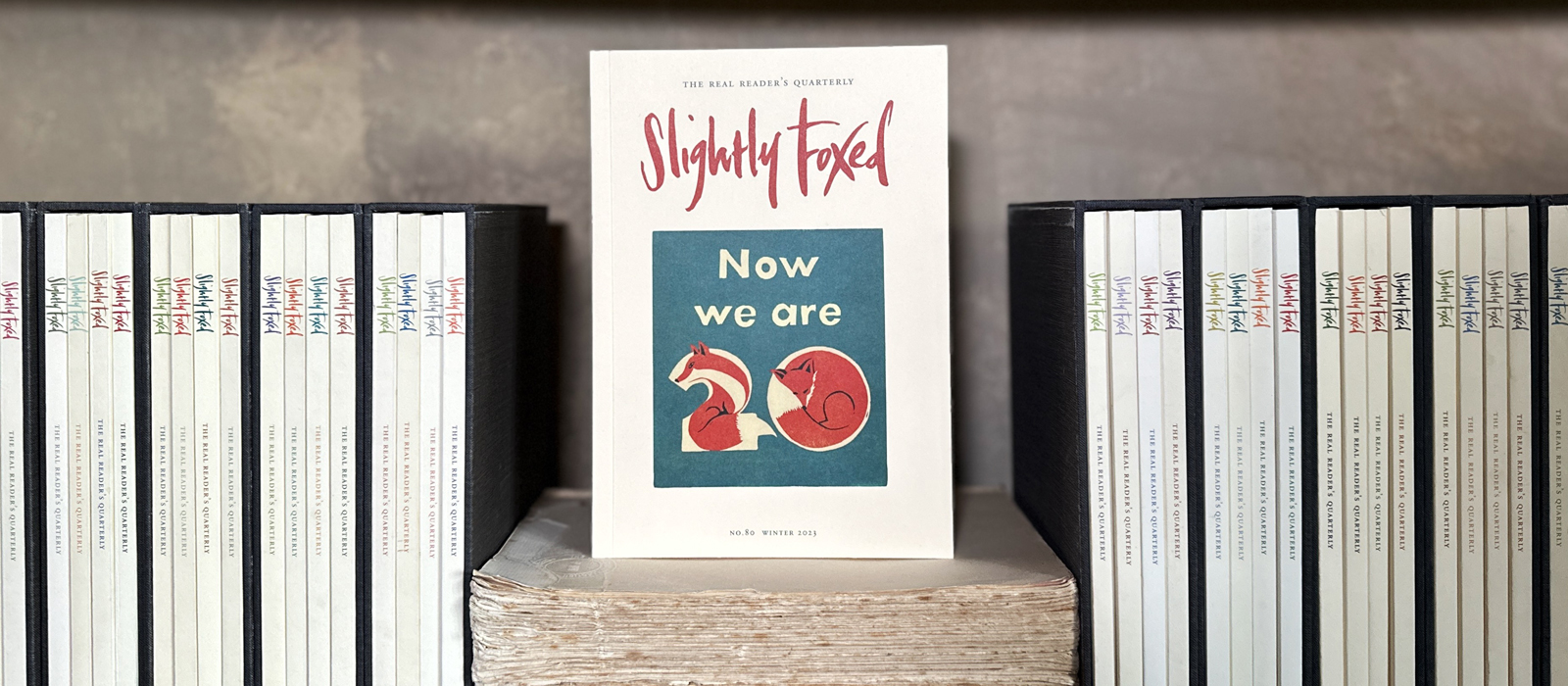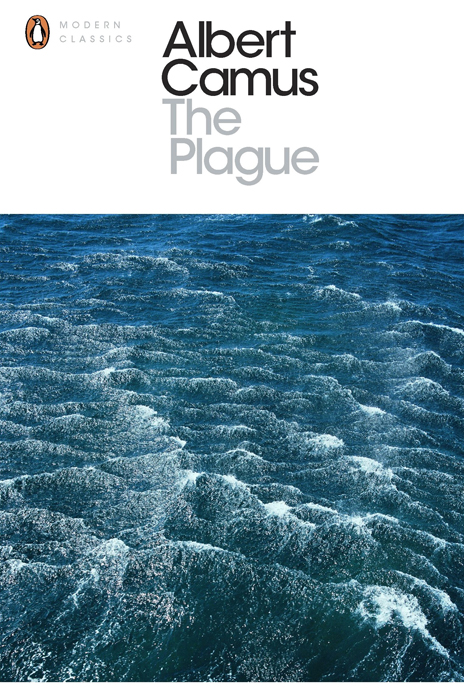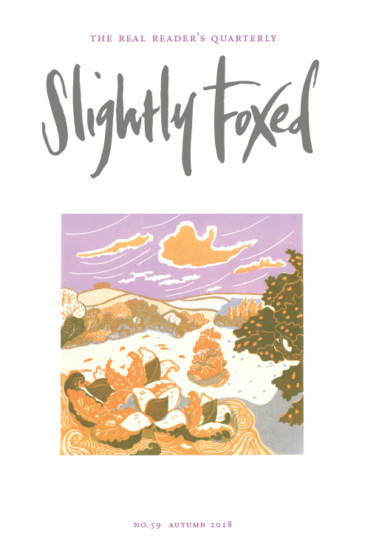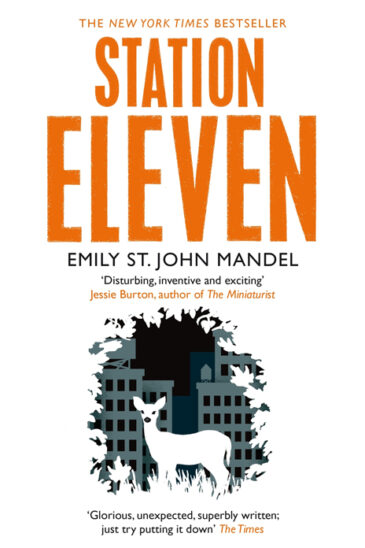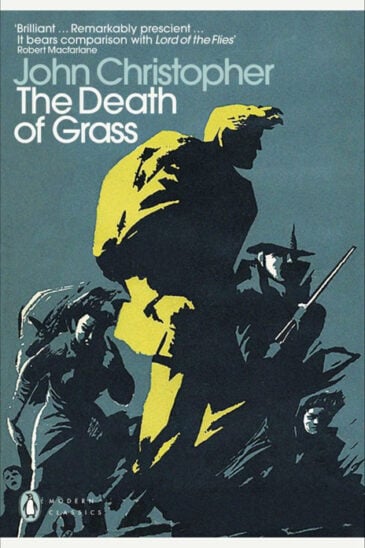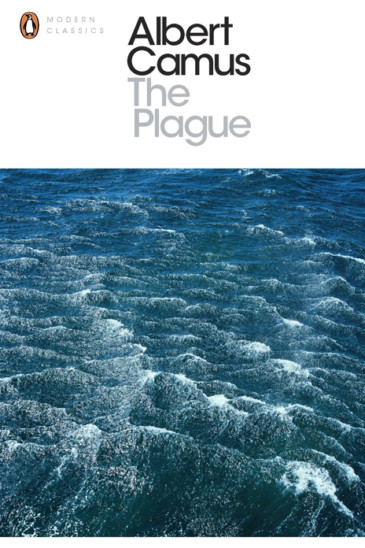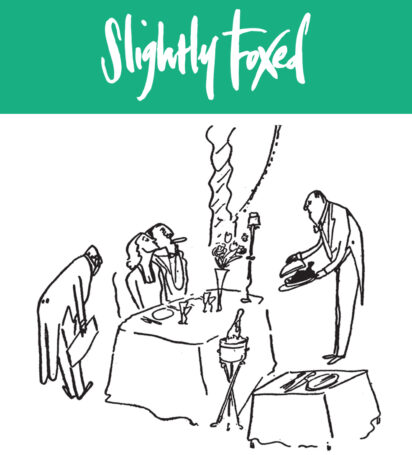The townspeople of Oran are in the grip of a deadly plague, which condemns its victims to a swift and horrifying death. Fear, isolation and claustrophobia follow as they are forced into quarantine. Each person responds in their own way to the lethal disease: some resign themselves to fate, some seek blame, and a few, like stoic Dr Rieux, stand together to fight the terror. The Plague is in part an allegory of France’s suffering under the Nazi occupation, and a story of bravery and determination against the precariousness of human existence.
Reviewed by Martin Sorrell in Slightly Foxed Issue 59.
Father Figures
MARTIN SORRELL
Three-quarters of the way through the novel I’ve always thought is Camus’ finest, its two main protagonists go for a swim after dark in the waters beyond the harbour of their coastal city, which is in the grip of bubonic plague. The city is Oran, in north-west Algeria; the date is sometime in the 1940s. The plague, which gives the novel its name, has sealed Oran off from the outside world. The Mediterranean water into which the men plunge breathes like a fur-covered animal, Camus tells us. In it is stored the warmth of the day just ended. The two men, Dr Bernard Rieux and Jean Tarrou, both prominent in the fight against the plague, are knowingly breaking the curfew by slipping past the guards they themselves have helped set up, and heading for the sea . . .
Extract from Slightly Foxed Issue 59, Autumn 2018
Father Figures
Three-quarters of the way through the novel I’ve always thought is Camus’ finest, its two main protagonists go for a swim after dark in the waters beyond the harbour of their coastal city, which...
Read more